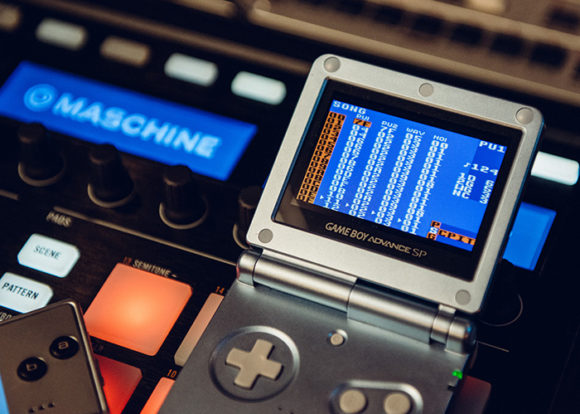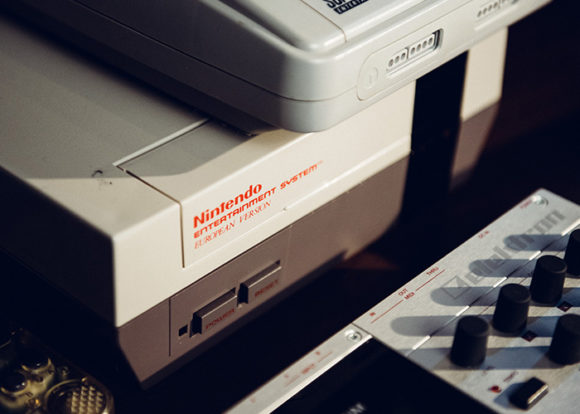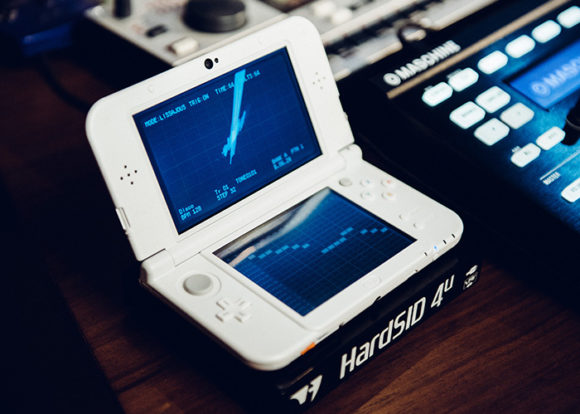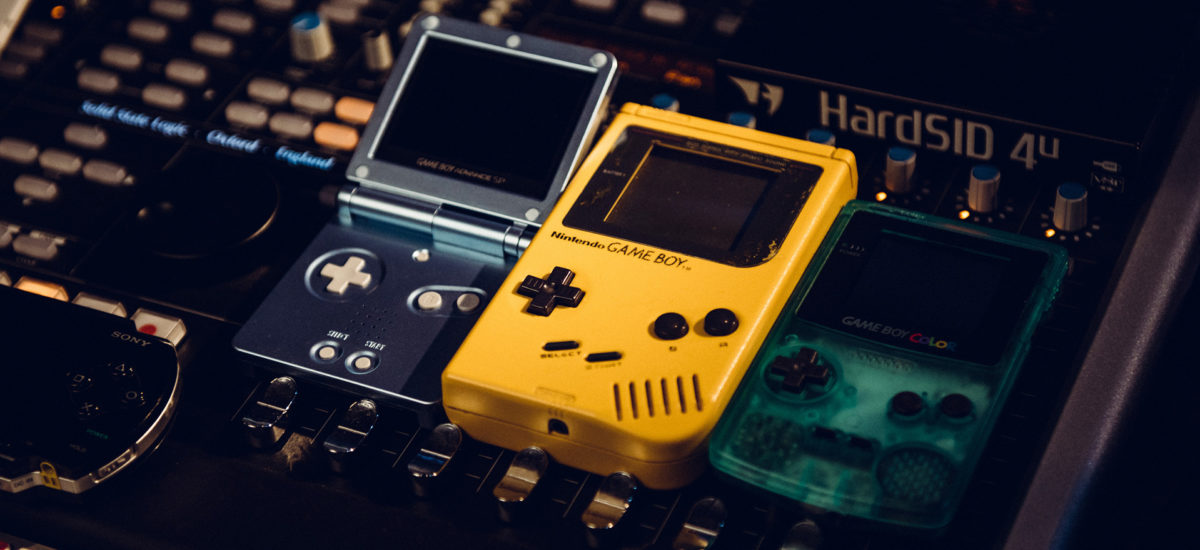
Much like music itself, video games have always functioned as a cultural signifier of their times. From early game consoles and home computers like the Atari 2600 and Commodore 64, through the Nintendo and Sega-dominated era of 8- and 16-bit consoles, games have aptly represented their technological epoch, becoming representational artifacts that often far outlive their popularity as entertainment products.
Where modern technology lets creators digitally fabricate essentially any sound they can imagine, the primitive chipsets used to create music and sound effects for classic games have become celebrated specifically because of their technological limitations. The amazing ways in which producers of the time pushed the limits of that now-archaic hardware has forever etched these sounds in history.

Of course, long hours spent playing those titles have also provided legions of electronic music producers with a nearly infinite source of inspiration. From various hip hop producers’ love of classic game sounds (Cocoa Brovas’ “Super Brooklyn”, Del the Funky Homosapien’s “Protoculture”), all the way through Burial’s obsessive sampling of the more modern Metal Gear Solid series, games and electronic music often feel like culturally kindred spirits.
To celebrate this legacy, we spoke with some of the finest purveyors of video game-informed samples, in an effort to learn about their processes and inspiration.
Stephen Haunts of Haunted House Records surfed the waveforms of early Commodore 64 titles to find inspiration for his pack, Old Skool Computer Games. “I’m of the age where the C64 was ‘the” machine to have in the 80’s,” he says. “I had a C64 as a kid, a Dragon32, and a Spectrum, but it was the sounds on the C64 that I loved the most. There’s still a thriving C64 and SID music scene going on these days; some of the music being created sounds fantastic.”
To create the 374 sound effects found in the release, however, Haunts turned to modern technologies. “I achieved the sounds using a combination of Ableton Live’s bit-crushing and effects plugins, along with recording some sounds back through guitar pedals,” he says, noting that he’s also an enthusiastic circuit-bender, rewiring old children’s toys to make wildly glitchy sounds. “I used that technique a lot to get small bursts of noise, which I would use as the original sound source starting point. I now mainly use Logic Pro on a Mac, along with my trusty field recorder and a laptop full of crazy plugins.”
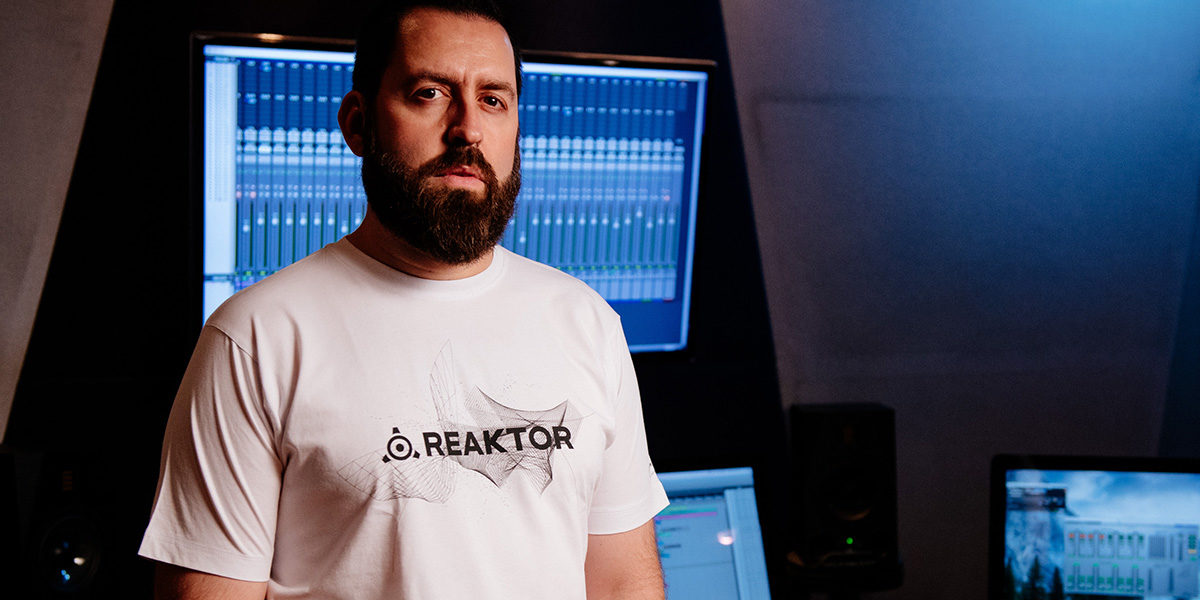
For his dual releases Video Game Sound Effects Vol. 1 and 2, sound designer Alex Retsis programmed and recorded sound effects from authentic Commodore-64 chips, utilizing various modulation techniques and matrixes. “In many cases, I enhanced those sounds by adding sampled sound effects and sonic articulations created and played back from a real modified Atari 5200, or a real modified Atari 2600, using a custom programmed sound cartridge,” he explains. Retsis says all of these machines are “professionally sound modded,” in order to remove unwanted noise from their audio outputs (although, he points out, some additional audio filtering and EQing happens at the end of the process).
“Since those sounds were captured from original sources, no extra processing tools were needed to shape their lo-fi sound,” Retsis continues. His main workflow consists of experimenting with and programming instruments, sequences or modulation tables inside music trackers, and recording them at high sample rates for further processing. “Each console has it’s own secrets to master,” he says. “And to be honest, after many decades I still stumble upon amazing sounds every time I power them up and mess with them!”
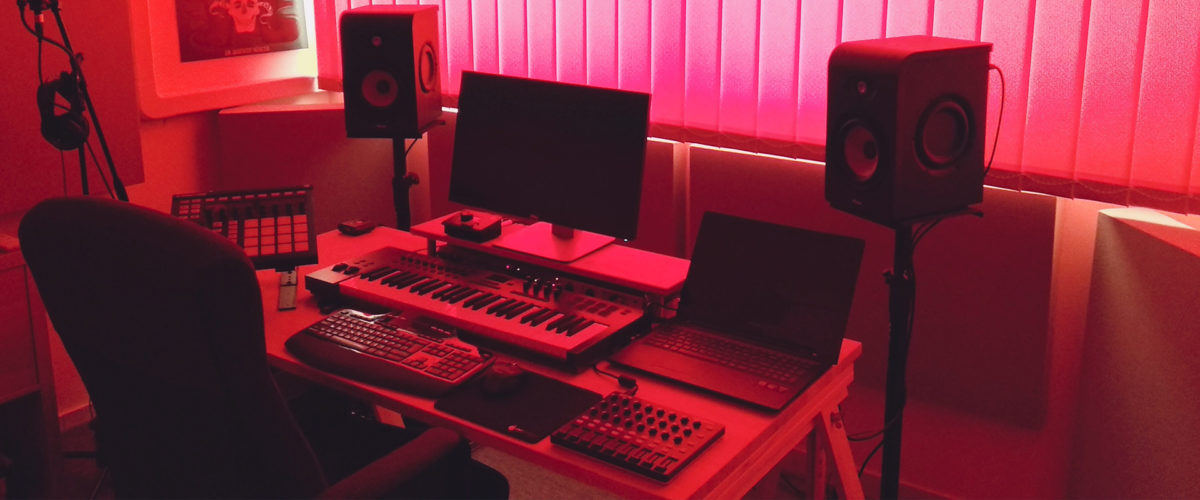
For more on Retsis’ lo-fi sample creation workflow, check out this interview we did with him last year about his Maschine expansion, Byte Riot.
Carma Studio’s Video Game Phrases release comes from a slightly different place, with video games functioning more as a starting point rather than specifically as a sound source. Using classic 80’s arcade machines as inspiration, the pack’s 600 sounds feature the vocal stylings of five fictional game characters — 8-bit Low-Res Man and Computer Room Man, among others — to create eminently choppable, lo-fi phrases. “For the ‘lo-fi’ effect, I used some extreme EQ settings and Decimort 2 from D16,” Carma’s Jim Stout says of the pack. “It’s my favorite bit crusher — I’ve been using their stuff for years, and it always yields great results.” The “Computer Voice,” meanwhile, uses the same EQ, along with Melda Productions’ MComb comb filter. “It’s a great blend of computer voice effects that still keeps some of the pitch inflections from the original voice,” says Stout.
For the “Tough Guy” sounds (think Duke Nukem), Stout asked his voice actor give the lines a bit more “macho” inflection, and used the Lexicon Pitch Shifter and Little Alter Boy from Sound Toys to process the phrases. Finally, the pack’s vocoded sounds were built with Native Instruments Reaktor and RAZOR. “I absolutely love Reaktor — it seems like there’s no end to the range of its possibilities,” Stout says. “RAZOR, on the other hand, is perfect for creating clear and useful sounds. Its vocoders are pure genius.”








